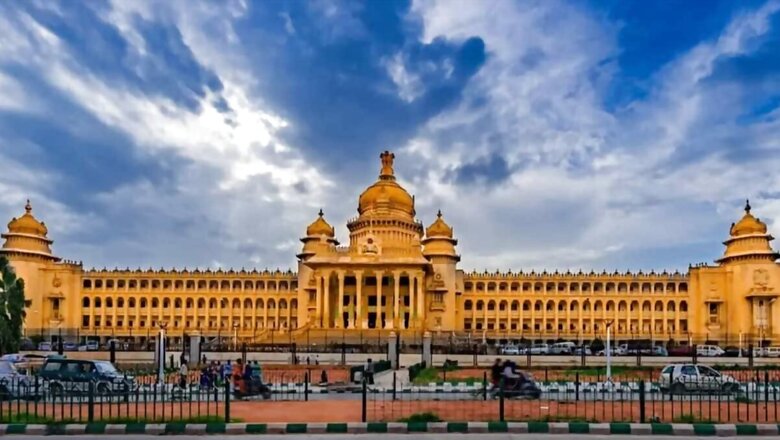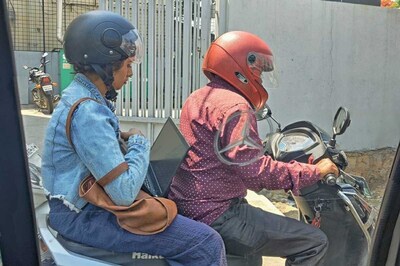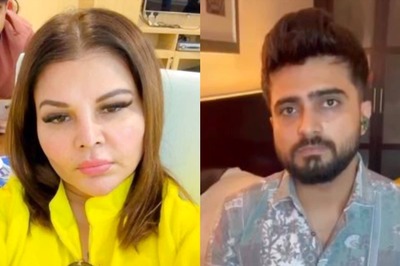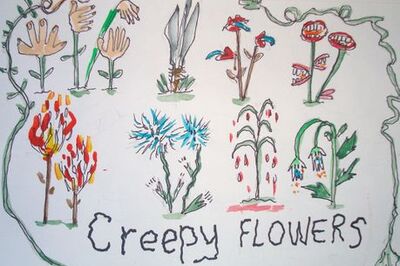
views
Karnataka has completed 50 years on Wednesday. One of the ancient regions and civilisations in the world which has a recorded history of over 2000 years officially became Karnataka on November 1, 1973.
After Independence, the Mysore kingdom joined the Union of India, and most Kannada-speaking regions came together to form a greater Mysore state on November 1, 1956. However, the Kannadigas from outside the Mysore region were not comfortable with the name Mysore State and wanted it to be renamed Karnataka as it was known as Carnatic or Karnata during ancient times to the medieval age.
In July 1972, the then Mysore State Assembly adopted a resolution to rename the state Karnataka. The Vijayanagara Empire established in 1336 was known as the Karnataka Empire or Karnataka Desha, not Vijayanagara. Vijayanagara, or today’s Hampi, was the capital of the Karnataka empire.
The three Carnatic Wars were fought between 1744 and 1763 in the east coast region, suggesting that Carnatic, or today’s Karnataka, was a large area.
The royalists in the old Mysore region were not happy with the demand to change the name from Mysore to Karnataka and they tried to block the move using various means. But the common people wanted their state to be renamed Karnataka at any cost. Finally, they won, and the royalists had to accept the new name.
In a scathing piece for Kannada digest Kasturi’s 60th-year issue, a few years ago the late Patil Puttappa, former MP and a leading Kannada writer/activist, tries to bust several myths about Karnataka reorganisation in 1956 and renaming the state Karnataka in 1973. He writes that except chief minister Kengal Hanumanthaiah, almost all leaders from old Mysore were dead against the unification of the state. After the reorganisation, the same leaders opposed the renaming of the state as Karnataka. He writes that one man, the only man who literally forced the then chief minister Devaraja Urs and the entire assembly to change the name from Mysore to Karnataka, was now a completely forgotten MLA from Hassan called KM Rudrappa. Attacking Urs, Puttappa writes that he was against both reorganisation and name-changing. But Urs got full credit for renaming the state. As Patil Puttappa says “Arasu Kashtakke baralilla. Ootakke Bandaru”, roughly meaning “Urs did not participate in the struggle but chaired the feast after the victory of common people”.
However, former chief minister SM Krishna who also hails from the old Mysore region like Urs, disagrees with this. In 1973, Krishna was industries and commerce minister in the Urs government. Speaking to this reporter many years ago, Krishna said, “Devaraj Urs was a relative of the Mysore royals. He was a quintessential Mysorean. Mysore was dear to his heart and mind. As chief minister, he had to change the name from Mysore to Karnataka. It was not so easy for him. But he did that. A lot of credit should go to Urs for renaming Mysore state as Karnataka.”
But, as the renamed Karnataka completes 50 years and the reorganised state turns 68, the Karnataka Rajyotsava on November 1 is as good a time as any to revisit Chiranjiv Singh, the distinguished turbaned bureaucrat (a retired IAS officer from Karnataka cadre), who beautifully describes the divide in the article below, excerpted from the admirable anthology on Bangalore edited by Aditi De.
A native of Punjab who made Karnataka his home, Chiranjiv Singh is often referred to as more Kannadiga than most Kannadigas. A scholar and a thinker, he was the first secretary of Kannada and culture department. He retired in 2004 as additional chief secretary to the Government of Karnataka.
In an article titled New Shoots And Old Roots – The Cultural Backdrop of Bangalore, Chiranjiv Singh writes: “When Devaraj Urs changed the name of the State from Mysore to Karnataka, there was jubilation in northern Karnataka, but a sense of loss in old Mysore. I remember the unhappiness which many people expressed to me at this symbolic act; for them it was a break with a cherished past, a loss of the rich cultural legacy of the Maharajas of Mysore.
In Bangalore, in a matching symbolic act, K. Balasubramanyam, the respected revenue commissioner of the State, gave up his old Mysore gold lace turban (Mysore peta) in favour of the black cap of northern Karnataka.
‘When there is no Mysore now, why should I continue to wear the Mysore turban?’ he said.
The elegant Mysore gold lace turban vanished, along with the culture it represented. It is seen now in Sir M Visvesvaraya‘s portraits which hang in schools and offices and in the ‘in memoriam’ columns of daily papers, where grandparents are occasionally remembered with their photographs.
In the Vidhana Soudha, the northern Karnataka turbans (the roomal) drew attention amidst the Gandhi caps for a while. The minister of urban development Mr Upnal with his outsized turban, was jokingly called ‘the minister of turban development’.
Now Bangalore has no time for Gandhi caps or turbans.
The divide between zari peta and the silk roomal remains.
A saying current in northern Karnataka, which was quoted to me by Mahalinga Shetty of Hubli, who was married into the old Mysore family of S. Nijalingappa, the first chief minister of unified Karnataka, meant ‘Don’t trust the zari peta-wallahs’. The zari peta-wallahs thought the roomal-wallahs were odd and rough.
Across this Old Mysore-northern Karnataka divide stereotypes persist.
When I suggested to a filmmaker who was planning to make a film and television serial on Shishunala Sharif, the mystic poet-saint on northern Karnataka, who is sometimes compared to Kabir—raised a Muslim and becoming the disciple of a Hindu—that he should use the northern dialect which Shishunal Sharif spoke and wrote in, he said, ‘No, it won’t run. The northern Karnataka dialect in Bangalore is still used only for comic effect’.”
With the rise of the powerful pro-Kannada organisation Karnataka Rakshana Vedike or Ka Ra Ve modelled on the Shiv Sena in neighbouring Maharashtra and awareness about Kannada identity being created by the new-age English-educated professionals, Kannada has now become an important issue in Karnataka politics.
Keeping this growing assertiveness in mind, chief minister Siddaramaiah has taken to social media platform X (formerly Twitter) to profess his unflinching faith in Kannada and Karnataka, accusing the Prime Minister Narendra Modi-led government of employing several strategies to undermine both.
With grand celebrations planned all through the year, Kannada and Karnataka issues are likely to dominate the political discourse in the coming days.

















Comments
0 comment